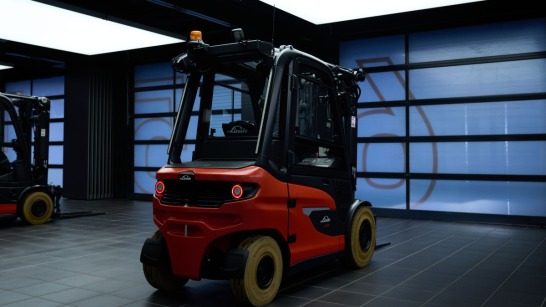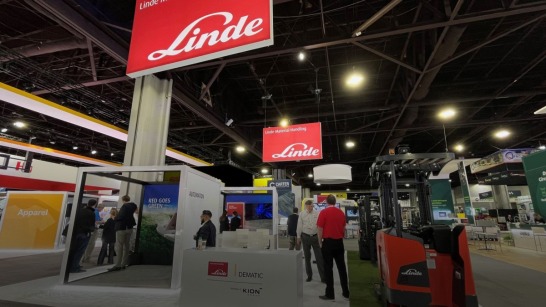Besides customer visits, there are two other approaches that Knipfelberg and his team rely on to collect customer requirements and wants: the Customer Panel and Focus Groups. At the Customer Panel, the team invites selected customers to attend a two-day workshop where the team presents new product ideas and concepts. Customers then share opinions, based on their own experiences and expertise, about whether these ideas and concepts make sense from an external point of view. In contrast, Focus Groups bring together internal experts, primarily from the Europe-wide sales teams, to share requirements that they have collected from the market and from customers. This is a way to gather input from multiple people in order to develop new ideas.
During the current COVID-19 pandemic, however, customer visits and face-to-face events are restricted. That’s why Knipfelberg and his team have shifted interaction with customers to the virtual world. This has been a success with customers being happy to participate in the activities. They not only find it interesting to learn more about new possibilities, technologies, and trends, but they also appreciate the opportunity to provide feedback, which may then be incorporated into future product development.
Product Development: Creating added value for customers
Customer requirements collected by the Product Management team reflect the customers’ views and provide a clear picture for the Product Development team of what customers really need. Other than that, the team also collects ideas from other sources—market developments, competitor research, and findings from WITS (World Industrial Truck Statistics) are naturally taken into account. All of this information translates into new ideas for products.
Once the ideas have been collected from various sources, they are evaluated from business, technological, and user perspectives. Customer requirements, in particular, are detailed in close collaboration between the two teams using a software tool, and then used during the development processes. Criteria such as truck features, product cost, business cases, and much more are discussed and evaluated in detail to determine what the product should achieve. The Product Development team then works out the right solution to fulfill customer requirements in the best possible way.
“New development needs to create added value for our customers, as they are the ones who ultimately pay for it,” emphasizes Harald Will, Executive Vice President Product Development at KION Group. Will and his team need to find the right balance between technology push and market pull. Many truck functions can be achieved from a purely technical standpoint, but the more important question is: What features are customers willing to pay for? A highly innovative feature doesn’t necessarily sell well. Customers are only willing to pay for products that successfully solve their specific problems, while also providing a good value proposition.
As part of the overarching CTO (Chief Technology Officer) development organization, Will’s team leverages technical innovation and strives to not simply meet customer expectations, but rather exceed them. At the same time, the team considers economic criteria, as well as the use and adaption of modules and components for common platform concepts, creating synergies across Operating Units.
* The term “Market pull” refers to requirements formulated by customers and the market for product features and technology that are used to define innovation activities.



